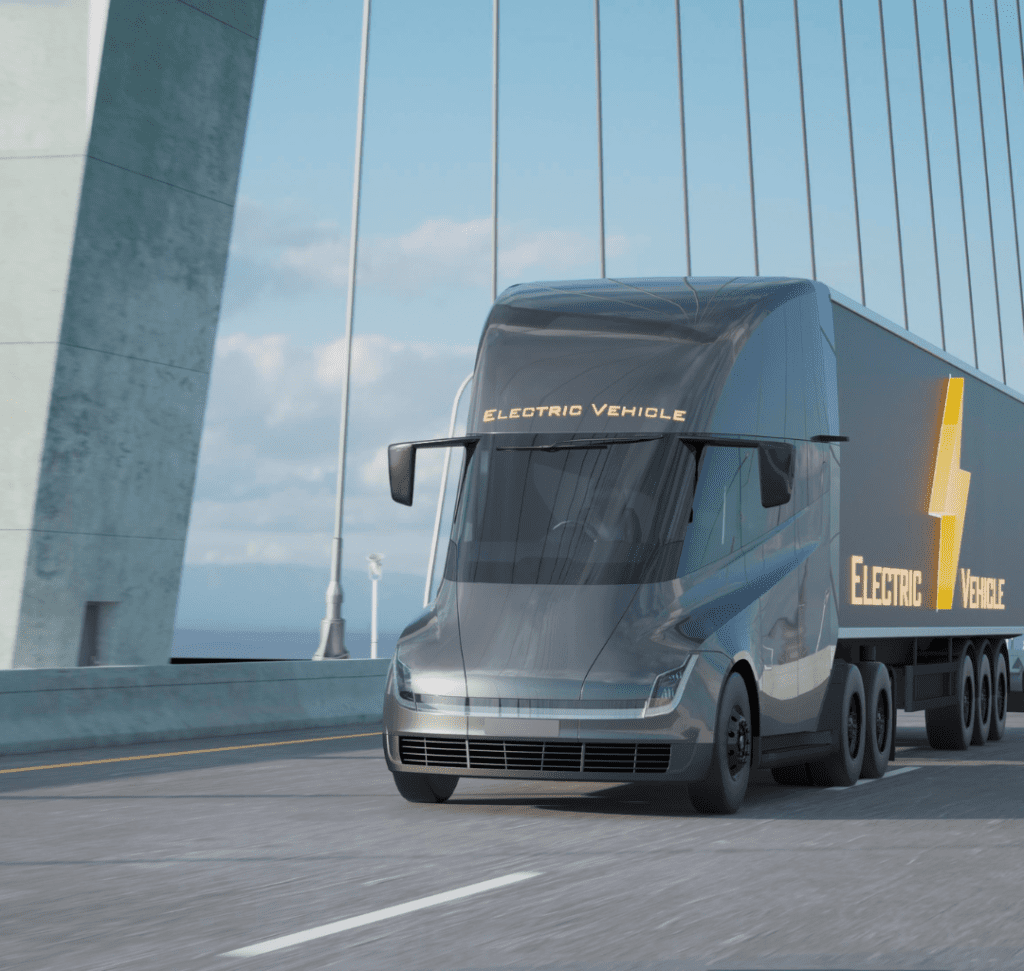Heavy Vehicle Leadership Group, carriers and the future of EPA’s Phase 3.
As transportation organizations grapple with proposed environmental regulations for heavy-duty trucks, vehicle manufacturers and suppliers are backing the Clean Trucks Plan. While they view the initiative favorably, both groups see the lack of recharging infrastructure as a challenge to meeting the goals of these regulations.
The U.S. Environmental Protection Agency (EPA) established its final rule for Phase 1 of the Clean Trucks Plan over a year ago, aiming to reduce emissions from heavy-duty vehicles and engines starting with the 2027 model year. This plan, with standards 80% stricter than current regulations according to the EPA, will be gradually implemented in several phases, addressing air pollution control in heavy-duty vehicles in Phase 1, and emissions from light and medium-duty vehicles in Phase 2, along with greenhouse gas emissions standards for heavy-duty vehicles in Phase 3, both proposed in April 2023.

Heavy-Duty Vehicle Leadership Group
On February 6th, the Heavy-Duty Vehicle Leadership Group (HDLG), composed of BorgWarner, Cummins, Eaton, and Ford, leaders in the automotive and engine industry, announced an alliance to support the EPA’s Phase 3 regulation. These companies have joined forces to push for the finalization of the regulation before March 31st. The group has issued a joint “Statement of Principles,” urging not to delay the implementation of Phase 3, scheduled for 2027, and rejecting any proposal to postpone it until 2030.
Furthermore, the HDLG suggests that the EPA conduct ongoing technical assessment of infrastructure development, battery costs, and other critical aspects. In their statement, the companies also emphasize the importance of technologically neutral regulations that instill confidence in the industry to invest in capital and resources, which would drive quality employment and technological leadership, key elements for decarbonizing the transportation sector.
According to information shared by FleetOwner, the HDLG alliance emphasizes that meeting these goals will require a whole-of-government approach, and other federal, state, and local government agencies must work with the private sector for commercially viable infrastructure, accelerating the adoption of zero-emission commercial vehicles.
Carriers and the future of Phase 3
Manufacturers are committed to low-emission vehicles, but carrier organizations criticize the lack of focus on recharging infrastructure in the EPA’s proposal for Phase 3 of the Clean Trucks Plan. The president of the Truck and Engine Manufacturers Association calls for a comprehensive government approach, while the president of the American Trucking Associations highlights the need to consider carriers’ operational challenges in transitioning to zero emissions.
Companies, including BorgWarner, Cummins, Eaton, and Ford, are committed to environmental, social, and governance (ESG) goals in their transportation and automotive sectors. In addition to these goals, manufacturers and suppliers must meet emissions targets set by the countries where they operate. In the U.S., the EPA mandates that automobile manufacturers achieve a target of 187 grams of carbon dioxide per mile by 2026 for light trucks.
The groups agree on the need for collaboration between government and the private sector to achieve emissions goals. This is not only crucial for the reputation of the entities involved but also for the billions of dollars in investments at stake. While an agreement may be reached among the HDLG, EMA, and ATA for a comprehensive government approach, broader industry collaboration is likely needed to meet these stringent emissions targets.

The story of the first car race in Paris: a historic hit in 1894
Paris stands not only as a cultural and artistic epicenter but also as a pioneer in car racing In the history of automotive racing, Paris

Top states for driving in the United States in 2024
A WalletHub study compared all 50 states to determine the best driving conditions Road safety and quality are central concerns for drivers. And while the

Briefs: marijuana reclassification, vehicle fees, and climate grants
The trucking industry goes through new legislation, taxes and subsidies Questions about the proposed reclassification of marijuana The Owner-Operator Independent Drivers Association (OOIDA) supports the

Impact of traffic pollution: study reveals increase in blood pressure
A study from the University of Washington in Seattle reveals that the main cause of significant increases in blood pressure might be traffic-related gasses A

The benefits and careers of a Commercial Driver’s License
Having a CDL opens multiple doors within the trucking and transportation industry Having a Commercial Driver’s License (CDL) opens multiple doors within the trucking industry,

Sharing the road with a truck: steps to ensure your safety
Caution around blind spots and anticipating truck maneuvers are essential to ensuring everyone’s safety Truck drivers face significant challenges on the road due to their
